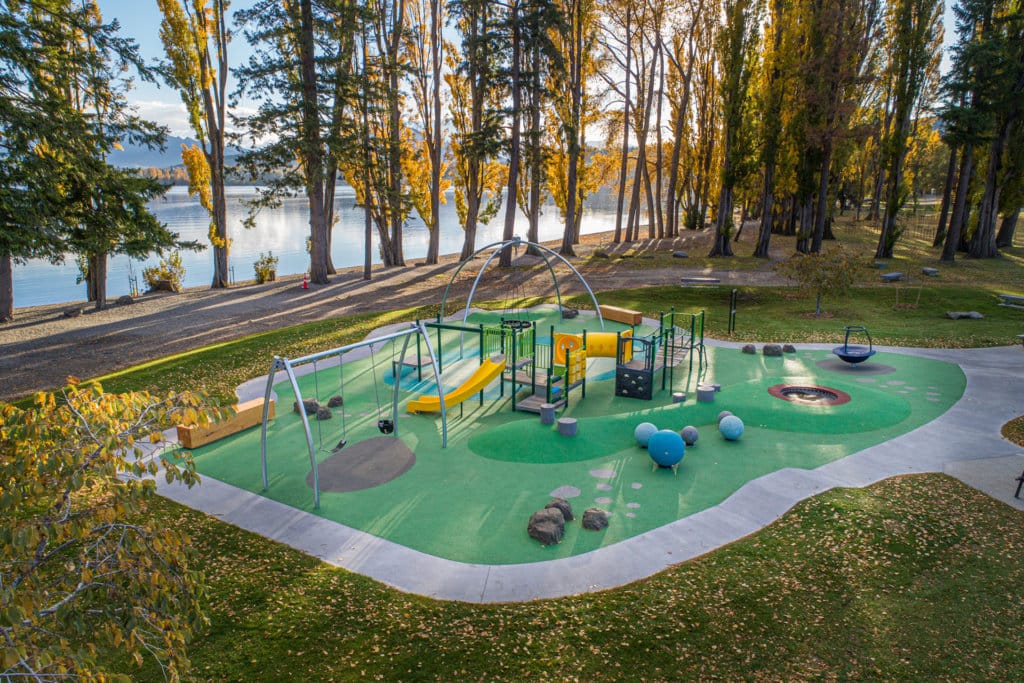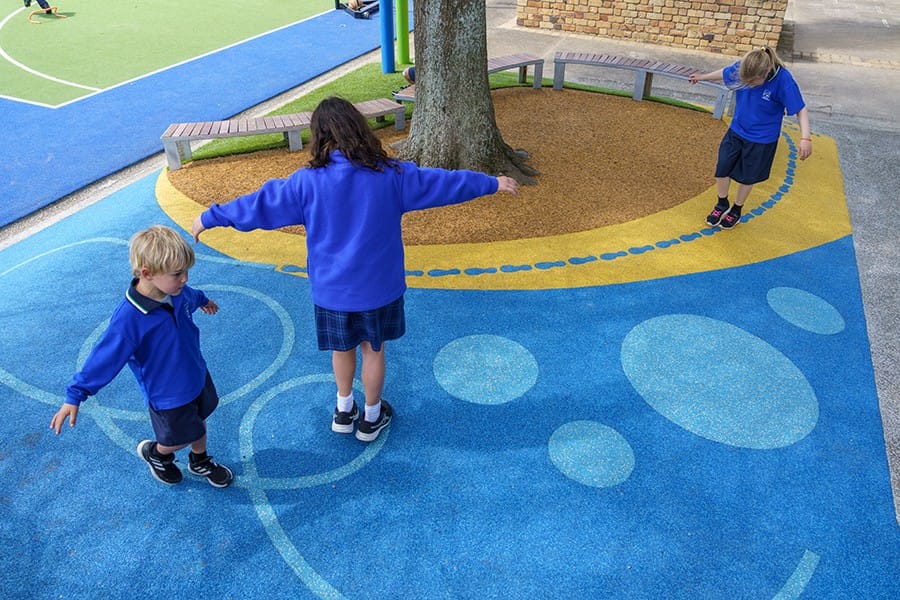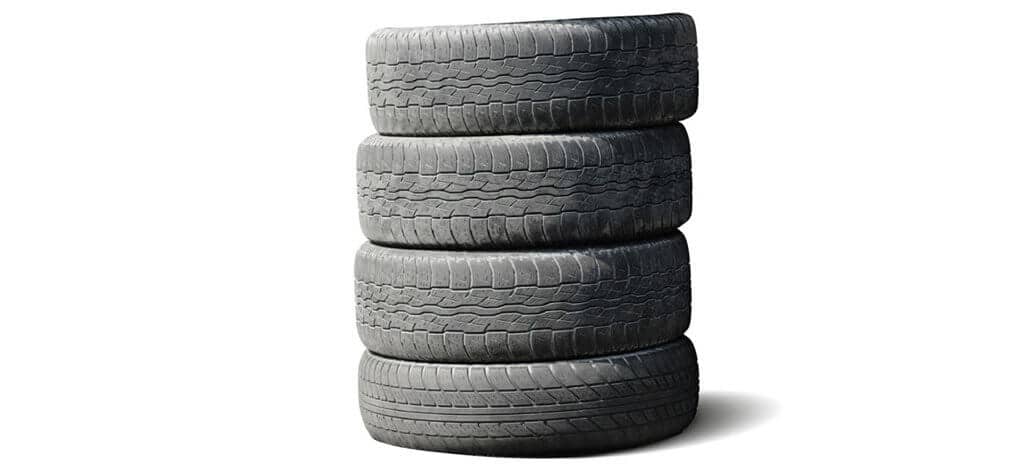12 Playground Surface Options For Your Next Project

When it comes to playground projects, there can be a lot of confusion on what the best surface is for your needs.
That’s why we’ve put together a list of the 12 most popular playground surfaces used in playgrounds all over the country, along with important information to help you decide which one is the best fit for your playground.
So, whether you’re renovating an existing playground, or creating one from scratch, our list has got you covered. Get ready to discover the most popular playground surfaces in New Zealand.
- Wet Pour Rubber
- Artificial Turf
- Mulches, Bark, and Wood Chips
- Wet Pour Rubber Mulch
- Pea Gravel and River Stones
- Sand
- Timber
- Resin Set Stone
- Concrete, Asphalt and Pavers
- Natural Lawns
- Natural Stone
- Playground Tiles
Click Here to Download ‘The Ultimate Guide to Playground Surfacing” Free eBook
1. Wet Pour Rubber
Are you looking for a playground surface that’s both safe and durable? Look no further than wet pour rubber surfacing!
Made up of two layers of rubber: a shock-absorbing underlay and a coloured top layer, it’s a great all-around safety surface.
Plus, wet poured rubber has soundproofing and insulation properties, so it can work well both indoors and outdoors. It’s also resistant to scratches, UV rays, extreme weather, and damage, and is poured in place as one piece and permeable to water, so it requires very little maintenance. And with a wide range of colours, patterns, and terrain options, it’s highly adaptable to your needs.

See our Numat featured product Pour’n’Play
2. Artificial Turf
You know how much work it is to keep a natural lawn looking great, right?
Well, with artificial turf, you get all the benefits of a lush green lawn without any of the maintenance!
But there are a few things to keep in mind when you install it in your playground. For example, you want to make sure it’s laid out flat to avoid any issues with seams splitting, a common issue we see with turf installed over mounds. And, because it can get a bit hotter than natural grass, you’ll want to think about providing some shade in areas that are exposed to the sun.
But overall, artificial turf is a great option because it’s low maintenance, usable all year round, and really durable. Plus, with high-quality options available, it can feel just as soft and lush as a real lawn.

See our Numat featured product CoolGrass
3. Mulches, Bark, and Wood Chips
When it comes to playground surfaces, wood chips are a classic choice that many trust for their safety. Not only are they made from recycled timber, but they’re also 100% biodegradable, making them a great eco-friendly option. They’re also easy to install and allow for good drainage.
However, one downside is that they can shift around, especially on sloped areas, and they do require a bit of maintenance. It’s recommended to add more chips on a yearly basis and keep in mind that this will add to the overall cost. It’s also important to check where the wood chips come from to ensure they haven’t been treated with any harmful chemicals.

See our Numat featured product TopChip
4. Wet Pour Rubber Mulch
Wet pour rubber mulch is a great option if you’re looking for a playground surface that has natural woodchips look and added safety, without the mess of loose woodchips.
Made from recycled tires, it’s not only durable but also allows water to pass through, preventing puddles. Unlike loose fill surfaces, it won’t compact over time, making it a safer option for kids to play on. And, the smooth and seamless surface is accessible for wheelchair users and those with mobility impairments.
When choosing a wet pour rubber mulch surface, make sure it’s non-staining, odour-free, and non-toxic for the best experience with this product.

See our Numat featured product MulchSet
Click Here to Download ‘The Ultimate Guide to Playground Surfacing” Free eBook
5. Pea Gravel and River Stones
Pea gravel and small river stones are a low-cost safety surface option, but they do tend to shift around. If maintenance is not kept up, inconsistencies like mounds and trenches can appear, compromising its overall safety. Additionally, dust can accumulate over time leading to surface compaction and hardening.
In modern playgrounds, coloured pebbles are often used for play value rather than safety.

6. Sand
Sand is an attractive natural choice for impact absorption, as well as being a play element in its own right. With its texture and changing consistency when wet or dry, sand adds a great sensory dimension. Because sand is such a fine material it doesn’t compact together under pressure like some other loose-fill surfaces. A drawback for sand is its increase in firmness as it gets wet, meaning it must have adequate sub-surface drainage. Regular maintenance is required to avoid build-up and compaction and remove any foreign objects.

Click Here to Download ‘The Ultimate Guide to Playground Surfacing” Free eBook
7. Timber
Timber decking as a playground surface is a costlier option with more aesthetic appeal. Timber doesn’t retain heat as much as other surfaces. It does usually need preserving treatments to increase longevity and protect the timber from decay, fungi, and wood-boring insects. As a relatively low maintenance and long-lasting material, timber is used as a feature element to help create flexibility, as well as improve flow in a play space.

Click Here to Download ‘The Ultimate Guide to Playground Surfacing” Free eBook
8. Resin Set Stone
Resin set stone is a great permanent solution to gravel or pebbles. Set stone is often used to add a textured attribute to a playground space and is mainly used for pathways or seating areas. Resin set stones can reduce weed growth with little to no maintenance needed. As a porous free draining product, it reduces water build up as well as being very easy to clean. A great surface for crawling on, wheelchair access and accessibility. Resin set stone can be installed on a gradient without the worry of slippage or movement. As a durable, long-lasting product resin set stone is both an attractive and strong surface solution.

9. Concrete, Asphalt and Pavers
Concrete, asphalt and pavers are ideal surfaces for sport courts, fitness equipment and pathways. As a hard and permanent surface, they provide good traction in wet conditions and can be easily maintained. Additional play value can be added with painted surfacing coatings.
Concrete and pavers are not recommended as a playground surface due to them being hard to fall on and rough to crawl on. They should be used sparingly throughout a play space with additional appropriate safety surfacing used under play equipment.

10. Natural Lawns
Natural grass has a low initial cost and looks great making it a popular play surface option. But be warned – it is not for every area. Wet, shady, or high traffic areas will suffer, and ongoing maintenance costs should be considered when choosing this option. It is important to realise that your natural lawn might not be usable for parts of the year and will need aerating and re-sowing over time.

11. Natural Stone
Natural stones are often used as features in playgrounds. They can be expensive and hard to install due to their weight. That is why it is usually best to buy local. Care is needed when choosing stones as they come in different shapes, sizes, and colours. The positioning of each stone should also be considered. In a natural-looking installation, stones are often positioned in a group with a variety of shapes and sizes. Stones are often added to a playground to provide a natural feature, but they can also be used as a play element for jumping, sitting on, and playing on.

Click Here to Download ‘The Ultimate Guide to Playground Surfacing” Free eBook
12. Playground Tiles
Playground tiles are a great option for those looking for a playground surface that is easy to install and customizable. These tiles can be easily joined together, making them perfect for a DIY project. And, because they are permeable and fast-drying, they’re suitable for most playground applications. Unlike loose-fill materials, playground tiles won’t shift or move when installed over various sub-surfaces. Plus, you can add even more fun to the playground by painting shapes, numbers, and games on the tiles for the kids to enjoy!

We hope this information has helped you understand the different options available and make a more informed decision for your playground. Remember, the right surface can not only enhance the safety of your playground but also improve its aesthetic appeal and overall play experience. Whether you choose wet pour rubber, artificial turf, wood chips, or one of the other options, be sure to consider your specific needs and budget. If you have any questions or need further assistance, don’t hesitate to reach out to us at NumatREC. We’re here to help you create a playground that’s both safe and fun for children of all ages.



